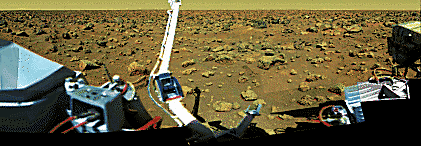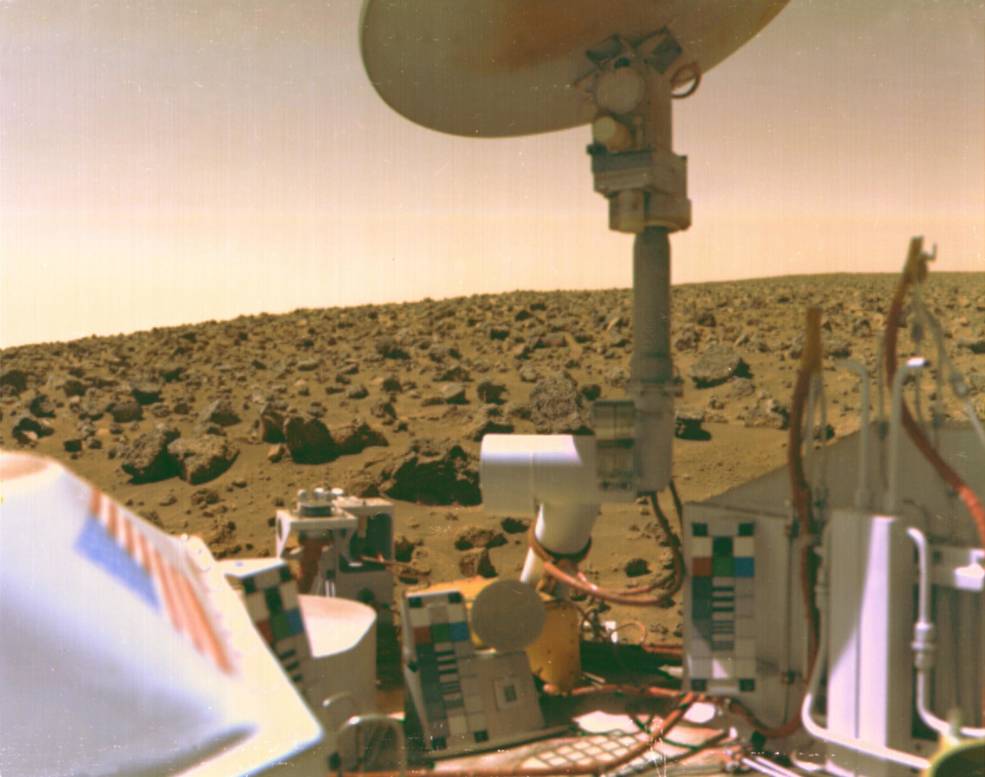
45 YEARS OF THE VIKING PROJECT
45 years ago, the Viking landers made their way toward Mars, and 44 years ago this week, the Viking 2 landed on the surface of Mars! The Viking program's primary goal was gathering high-resolution photos of the surface of Mars, understanding the structure and composition of the atmosphere and surface, and searching for evidence of life. The two orbiters spent a year photographing the surface of Mars and transmitting all of their findings back to Earth before landing on the surface.1

The Viking spacecrafts were also instrumental in identifying Martian meteorites! The fact that we know definitively that pieces of the Red Planet fell here is entirely because of the Viking spacecrafts. Six years later, Drs. Johnson and Bogard were studying an unusual meteorite with a unique name — Elephant Moraine 79001, found in 1979. The two scientists discovered tiny amounts of gas trapped within the cavities in the rock and found they were an extraordinarily close match to the atmosphere of Mars. While answering questions we had about Mars, the Viking spacecrafts also answered questions we had about something far closer to home!
The Viking spacecrafts gave us so much in their time both orbiting Mars and during their time on Mars. We received groundbreaking information from them — insight into how Mars looks, what happens on the surface of Mars, and also allowed us to be able to identify Martian meteorites. If the Viking missions weren’t as successful, would we have the current Mars exploration missions we do? Would we be interested in living on Mars? Or would Mars continue to have been unreachable, out in the distance?

Footnotes
1 David R Williams, “Viking Project Information,” NASA (NASA, 2018), https://nssdc.gsfc.nasa.gov/planetary/viking.html.
